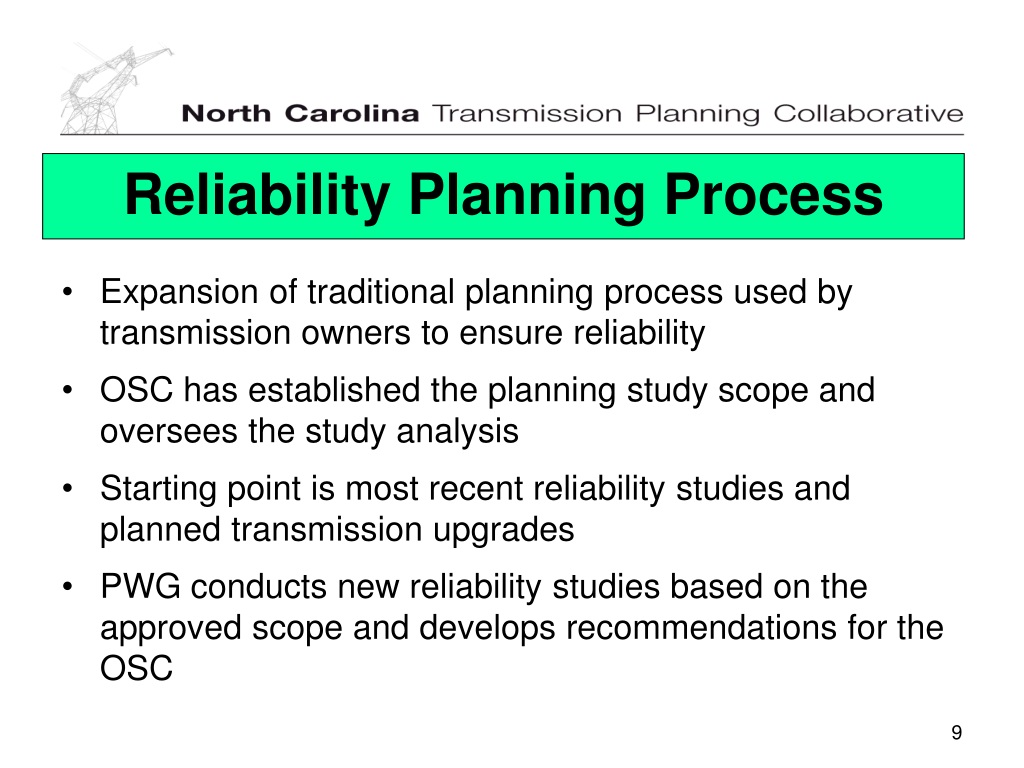Detecting the Invisible: Unveiling Electric Motor Defects
Electric motors are at the heart of countless devices and machinery, playing a crucial role in various industries. Ensuring the reliability and efficiency of these motors is essential for maintaining optimal performance and preventing costly breakdowns. However, despite their importance, electric motors can sometimes develop defects that may go unnoticed until they cause significant problems. Identifying and addressing these defects early on is key to maximizing motor reliability and prolonging their lifespan.
Detecting defects in electric motors requires a combination of knowledge, technology, and proactive maintenance practices. By understanding common issues that can affect motor performance and using advanced diagnostic tools, technicians can effectively unveil hidden problems and take the necessary steps to prevent future issues. In this article, we will delve into the intricacies of detecting electric motor defects, exploring the methods and strategies that can help enhance motor reliability and ensure smooth operations.
Types of Electric Motor Defects
Electric motors can experience various types of defects that can impact their reliability and performance. One common defect is electrical winding insulation breakdown, which can lead to short circuits and overheating. Another type of defect is bearing failure, where wear and tear on the bearings can cause noise, vibration, and even motor failure. Additionally, bearing currents as broken rotor bars or unbalanced rotor components can result in abnormal motor operation and reduced efficiency.
Left undetected, these defects can worsen over time and result in costly motor maintenance or even premature motor failure. Regular monitoring and maintenance practices are essential to identifying and addressing electric motor defects early on. By understanding the different types of defects that electric motors can experience, maintenance teams can proactively take corrective actions to ensure the reliability and longevity of these crucial components in industrial machinery.
Methods for Detecting Motor Defects
One effective method for detecting motor defects is through vibration analysis. By monitoring the vibrations produced by the motor during operation, abnormalities such as unbalanced rotors or misalignments can be identified. These irregularities often result in increased vibration levels, providing valuable insights into the motor's health.
Another reliable technique is infrared thermography, which involves using thermal imaging cameras to detect temperature variations in the motor components. Overheating in specific areas can indicate issues such as loose connections or failing bearings. By analyzing the thermal patterns, potential defects can be uncovered before they escalate into major problems.

Furthermore, electrical signature analysis is a valuable tool for detecting motor defects. This method involves monitoring the electrical signals and waveforms within the motor system. Any anomalies in these electrical signatures, such as excessive current or voltage fluctuations, can indicate issues like winding insulation breakdown or rotor faults. Electrical signature analysis offers a proactive approach to identifying motor defects and preventing costly breakdowns.
Importance of Early Detection
Detecting electric motor defects early is crucial to ensuring motor reliability. Early identification of potential issues allows for timely maintenance and repair, reducing the risk of unexpected breakdowns that can disrupt operations and lead to costly downtime. By proactively monitoring the motor's performance and swiftly addressing any abnormalities, businesses can maintain optimal efficiency and productivity.
Moreover, early detection of electric motor defects can help prevent safety hazards in the workplace. A malfunctioning motor poses a risk not only to equipment but also to personnel working in the vicinity. Timely identification of issues such as overheating, abnormal vibrations, or unusual noise emissions can prevent accidents and injuries, fostering a secure working environment for employees.
In addition to operational and safety considerations, early detection plays a vital role in extending the lifespan of electric motors. Addressing defects promptly can prevent minor issues from escalating into major problems that could ultimately result in motor failure. By prioritizing early detection and swift intervention, organizations can prolong the longevity of their motors, optimizing their investments in equipment and ensuring long-term reliability.